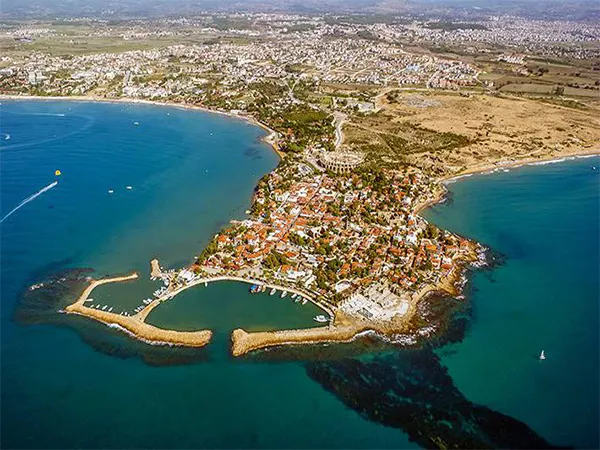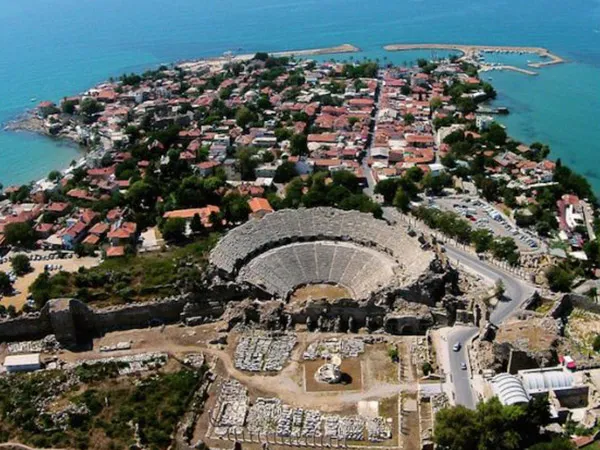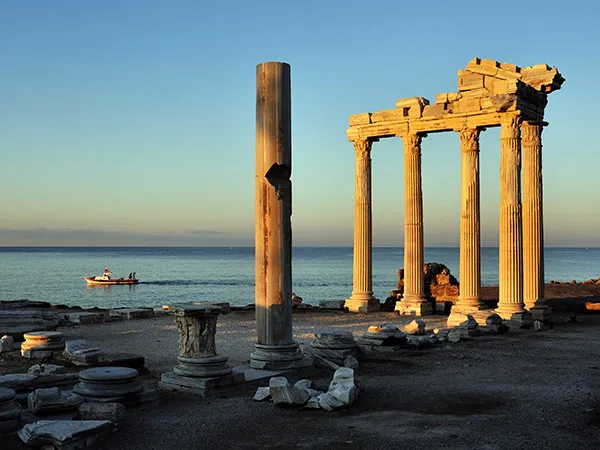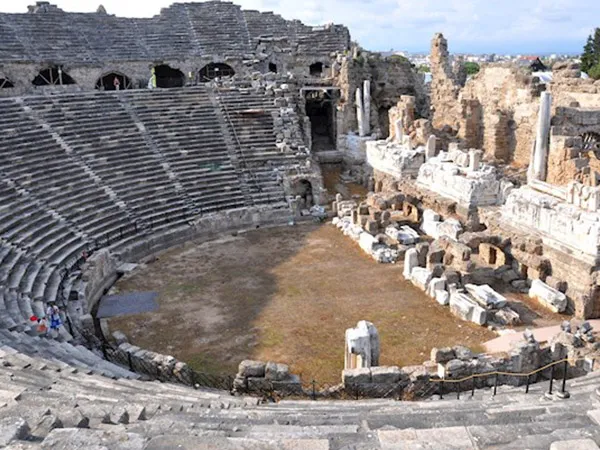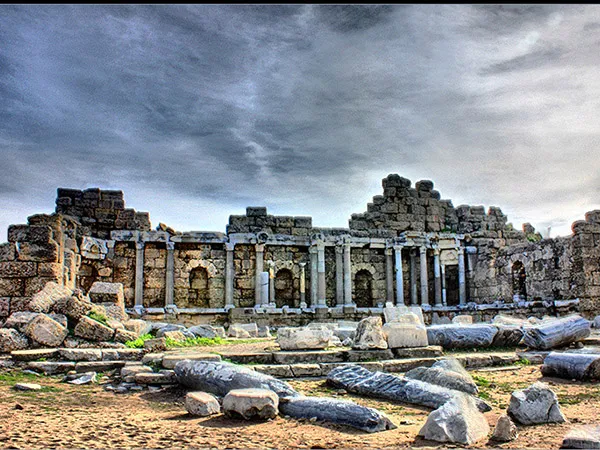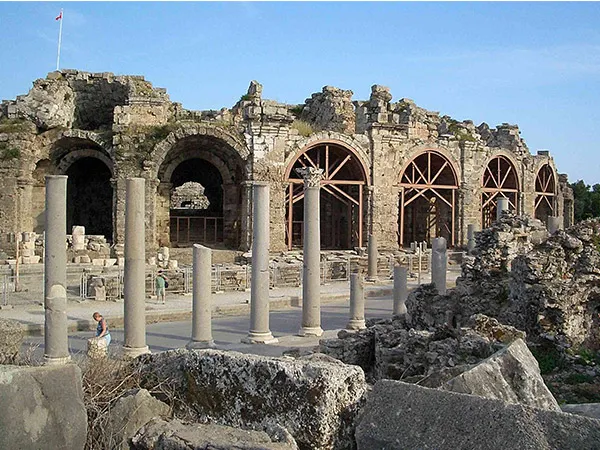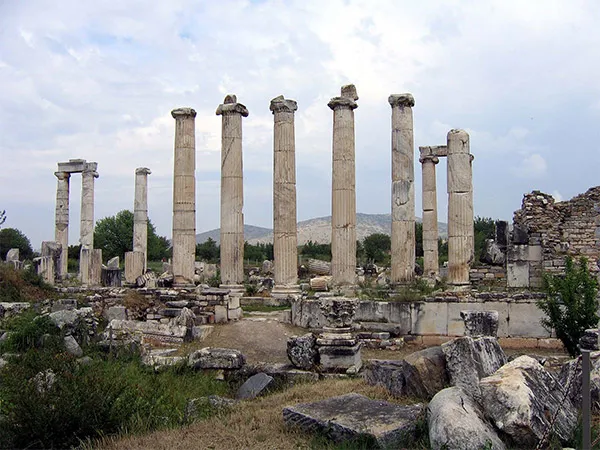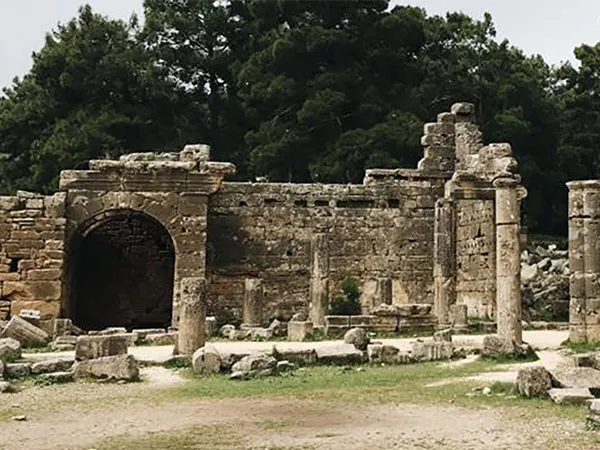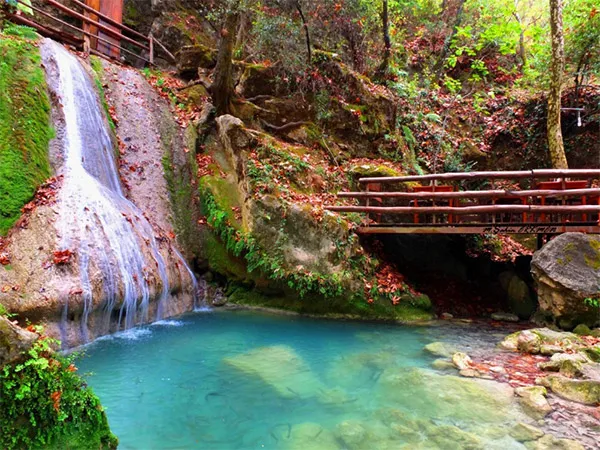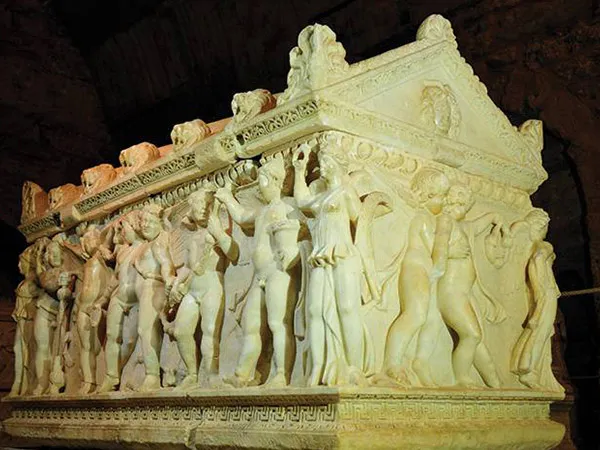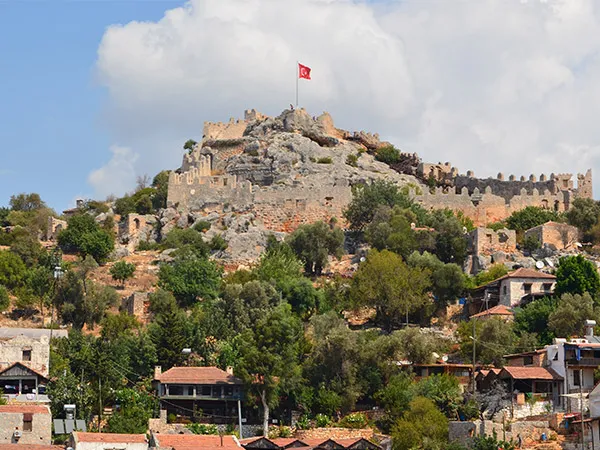Where is the Ancient City of Side?
The Ancient City of Side is located in the Manavgat district of Antalya, Turkey. It is approximately 75 kilometers from the Antalya city center and is situated on the Mediterranean coast.
How to Get to the Ancient City of Side?
To reach the Ancient City of Side, you can use private cars, taxis, or tour buses from the Antalya city center. Simply follow the D400 highway towards Manavgat. Additionally, buses and minibusses to Manavgat can also be used.
History and Importance of the Ancient City of Side
Founded in the 7th century BC, Side was an important port city in the ancient Pamphylia region. It was a major trade and cultural center during the Hellenistic, Roman, and Byzantine periods. The city is especially famous for its ancient theater and the Temple of Apollo.
Key Attractions at the Ancient City of Side
The Ancient City of Side is rich in historical and archaeological remains. Key structures include the Side Theater, the Temple of Apollo, the Temple of Athena, the Nymphaeum, and the ancient harbor. The city walls and agora are also open to visitors.
Visiting Hours and Entrance Fee of the Ancient City of Side
The Ancient City of Side is open to visitors every day of the week. For the latest visiting hours and entrance fee information, check the official website or local tourism offices. Visiting early in the morning during the summer months is recommended to avoid the heat.
Touristic Importance of the Ancient City of Side
Side captivates visitors with its historical and cultural richness. Cultural events and festivals held during the summer months offer unforgettable experiences in the city's historic atmosphere. For history and culture enthusiasts, Side is a must-see destination.
